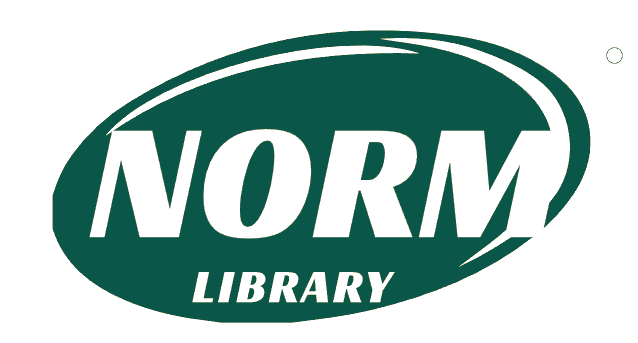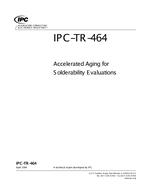
ASTM E2059-06(2010)
Original price was: $65.00.$39.00Current price is: $39.00.
Standard Practice for Application and Analysis of Nuclear Research Emulsions for Fast Neutron Dosimetry
standard by ASTM International, 10/01/2010
1.1 Nuclear Research Emulsions (NRE) have a long and illustrious history of applications in the physical sciences, earth sciences and biological sciences (1,2) . In the physical sciences, NRE experiments have led to many fundamental discoveries in such diverse disciplines as nuclear physics, cosmic ray physics and high energy physics. In the applied physical sciences, NRE have been used in neutron physics experiments in both fission and fusion reactor environments (3-6). Numerous NRE neutron experiments can be found in other applied disciplines, such as nuclear engineering, environmental monitoring and health physics. Given the breadth of NRE applications, there exist many textbooks and handbooks that provide considerable detail on the techniques used in the NRE method. As a consequence, this practice will be restricted to the application of the NRE method for neutron measurements in reactor physics and nuclear engineering with particular emphasis on neutron dosimetry in benchmark fields (see Matrix E706).
1.2 NRE are passive detectors and provide time integrated reaction rates. As a consequence, NRE provide fluence measurements without the need for time-dependent corrections, such as arise with radiometric (RM) dosimeters (see Test Method E1005). NRE provide permanent records, so that optical microscopy observations can be carried out anytime after exposure. If necessary, NRE measurements can be repeated at any time to examine questionable data or to obtain refined results.
1.3 Since NRE measurements are conducted with optical microscopes, high spatial resolution is afforded for fine structure experiments. The attribute of high spatial resolution can also be used to determine information on the angular anisotropy of the in-situ neutron field (4,5,7). It is not possible for active detectors to provide such data because of in-situ perturbations and finite-size effects (see Section 11).
1.4 The existence of hydrogen as a major constituent of NRE affords neutron detection through neutron scattering on hydrogen, that is, the well known (n,p) reaction. NRE measurements in low power reactor environments have been predominantly based on this (n,p) reaction. NRE have also been used to measure the 6Li (n,t) 4He and the 10B (n,α) 7Li reactions by including 6Li and 10B in glass specks near the mid-plane of the NRE (8,9). Use of these two reactions does not provide the general advantages of the (n,p) reaction for neutron dosimetry in low power reactor environments (see Section 4). As a consequence, this standard will be restricted to the use of the (n,p) reaction for neutron dosimetry in low power reactor environments.
Product Details
- Published:
- 10/01/2010
- Number of Pages:
- 18
- File Size:
- 1 file , 350 KB
- Note:
- This product is unavailable in Russia, Ukraine, Belarus



